Giulio Concas, Ernesto Damiani, Marco Scotto, Giancarlo Succi9783540731009, 3540731008
The 10 revised full papers and 16 revised short papers presented together with 4 poster papers, 18 experience papers, 2 research ideas and 3 panel summaries were carefully reviewed and selected from 45 submissions. The papers are organized in topical sections on managing agile processes, extending agile methodologies, teaching and introducing agile methodologies, methods and tools, empirical studies, and methodology issue.
Table of contents :
Front Matter……Page 1
Preface……Page 4
Sponsors……Page 8
Table of Contents……Page 9
Introduction……Page 14
Background……Page 15
The Empirical Study……Page 16
Results……Page 17
Conclusion……Page 20
References……Page 21
Introduction……Page 22
Background……Page 23
Method and Participants……Page 24
Results……Page 25
Interpretation……Page 28
Conclusions……Page 29
Transformation History……Page 30
Joining the Dots as a Large-Scale Change Agent……Page 31
Learning Through Doing……Page 32
Event Challenges……Page 34
Agile Transformation Requires Buy-in……Page 35
Conclusion……Page 36
Introduction……Page 37
Agile Development for $ibm.com$……Page 38
End-to-End Agile……Page 39
References……Page 40
Introduction……Page 41
The Core Challenge……Page 42
Extreme Programming Revisited……Page 43
Software Reuse and Extreme Harvesting……Page 44
Definitive Harvesting……Page 46
Prototypical Tool Support……Page 47
Conclusion……Page 49
References……Page 50
Introduction……Page 51
Related Work……Page 52
Motivating Example……Page 53
Environment Description……Page 54
Discussion……Page 56
References……Page 57
Challenges in Applying Agile to Large Projects……Page 59
The Project Brain……Page 60
No-Coding Stories……Page 61
Two-Phase Commit Database Changes……Page 62
Sharpening the Tools……Page 63
External Interfaces……Page 64
Challenges in Applying These Practices……Page 65
References……Page 66
Introduction……Page 67
Group Work Research and Agile Methods……Page 68
The Case……Page 69
Autonomy……Page 70
Significance……Page 71
Motivation and Job Satisfaction……Page 72
Conclusion……Page 73
References……Page 74
Introduction……Page 75
Method — Grounded Theory……Page 76
Results……Page 77
Interpretation……Page 80
Conclusions……Page 82
Introduction……Page 83
The General Requirements for the Discussed Support……Page 84
System Design and Implementation……Page 85
Experimental Verification and Further Work……Page 86
Introduction……Page 87
Process Development and Measurement Meta-Model……Page 88
Development Process Meta-Model……Page 89
Measurement Framework Meta-Model……Page 90
Trigger Meta-Model……Page 91
The Scrum Development Process……Page 92
Conclusion……Page 95
Introduction……Page 97
Academic Projects……Page 98
Metrics and Method……Page 99
Size and Complexity Metrics: LOC, $v(G)$, and WMC……Page 101
Inheritance Metrics: DIT and NOC……Page 102
Coupling Metrics: AC and EC……Page 103
Conclusions……Page 104
Introduction……Page 106
Timeframe of EATDD……Page 107
Motivation of FitClipse……Page 108
FitClipse……Page 109
FitClipse and EATDD……Page 111
Initial Evaluation……Page 112
References……Page 113
Introduction……Page 114
The Framework……Page 115
Discussion and Related Work……Page 116
References……Page 117
Introduction……Page 118
Internal Product Metrics That Affect Quality and Maintainability……Page 119
A Model to Evaluate the Evolution of Quality and Maintainability During Development……Page 120
Research Questions……Page 121
Description of the Project and Data Collection Process……Page 122
Results……Page 123
Threats to Validity and Future Work……Page 124
Conclusions……Page 125
References……Page 126
Introduction……Page 128
Quality of Automated Tests……Page 129
Empirical Investigation of Test Quality……Page 130
Conclusions……Page 133
References……Page 134
Introduction……Page 136
Approach……Page 137
Simple and Composite Markov Models……Page 138
Markov Models of the Low-Level Event Sequence……Page 139
Markov Models of the High-Level Event Sequence……Page 140
Composition of Markov Models: HMMs and HHMMs……Page 141
Pair Programming Switching Policies……Page 142
Prototypical Pair Programming Switching Policies……Page 143
Specific Policy Checking Methods……Page 144
An Exhaustive Policy-Checking Method……Page 146
The Overall Pair Programming Policy Checking Methodology……Page 147
Conclusions and Outlook……Page 148
Introduction……Page 150
Research Design……Page 151
Empirical Results and Discussion……Page 152
References……Page 153
Background……Page 154
Rolling the DICE® Twice……Page 155
Reflection, Outcome and Conclusions……Page 156
References……Page 157
Environment-Driven Roles, Goals, and Practices……Page 158
Power of Recognition: Pedagogical Rationale……Page 160
Introduction……Page 162
Agile Commitments Framework……Page 163
Achieving Continuous Risk Visibility During the Project……Page 164
References……Page 165
Introduction……Page 166
The Model……Page 167
References……Page 169
Introduction……Page 170
IT Governance: A Systematic Review and Analysis……Page 171
Conclusion……Page 172
References……Page 173
24 Enhancing Creativity in Agile Software Teams……Page 174
25 Investigating Adoption of Agile Software Development Methodologies in Organisations……Page 176
Research Approach and Current State……Page 178
References……Page 179
The Development Story……Page 180
Conclusions……Page 181
Result……Page 182
Reference……Page 183
Project Background and Development……Page 184
Conclusion……Page 185
Examinando, the First XP User Group Experience……Page 186
References……Page 187
Brooks’ Law……Page 188
The Doubling Experience……Page 189
Reference……Page 191
Background……Page 192
Our Approach……Page 193
Conclusion……Page 194
References……Page 196
Prince 2 and Scrum……Page 197
Scrum and User Centred Design……Page 198
Innovation and Scrum……Page 199
References……Page 200
Background……Page 201
Challenges……Page 202
Approaches……Page 203
References……Page 205
35 An Agile Approach to Requirement Specification……Page 206
Introduction……Page 211
Project Approach and Methodology……Page 212
Findings……Page 213
References……Page 215
37 Introducing Agile Methods into a Project Organisation……Page 216
Development and Design Process……Page 221
Putting These Principles to Work – The Bluemail Development Environment……Page 222
Maintaining Vision Across Sandboxes……Page 224
References……Page 225
The Development Process……Page 226
In-Ward Testing……Page 227
Results: Analysis and Discussion……Page 228
References……Page 230
The Context……Page 232
The Project Datamart……Page 233
Conclusion……Page 234
Dividing Your Time……Page 235
Iteration Length and Allocation……Page 236
A Single Customer for Both Projects……Page 237
References……Page 238
Introduction……Page 239
Security Training……Page 240
Fundamental Architecture……Page 241
Conclusion……Page 242
Temptation Island……Page 244
Inter –and Intra Team Communication……Page 245
Retrospectives……Page 246
References……Page 247
Introduction……Page 248
Separation of Concern……Page 249
Working Ways……Page 250
Distributed Working……Page 251
Conclusions……Page 252
Introduction……Page 253
Scrum……Page 254
How Does Eurace Scrum Work?……Page 255
Adoption of Eurace Scrum and Conclusions……Page 256
References……Page 257
Context……Page 258
Reflection on the Practice……Page 259
Challenges in Specifying Requirements in the Form of Acceptance Tests……Page 261
References……Page 262
Context……Page 263
What Happened?……Page 264
References……Page 265
Theory of Software Testing……Page 266
Epistemology and Software Development……Page 267
Dependability……Page 268
References……Page 269
Introduction……Page 270
Research Model……Page 271
Research Methods……Page 272
References……Page 273
Introduction……Page 274
Data Analysis……Page 275
E-Mails……Page 276
Conclusion and Further Work……Page 277
References……Page 278
Goal……Page 279
Moderators Qualifications……Page 280
Introduction (10 Minutes)……Page 281
Presenters……Page 282
Steven Fraser (Fishbowl Impresario)……Page 284
Scott Ambler……Page 285
Giancarlo Succi……Page 286
Author Index……Page 288
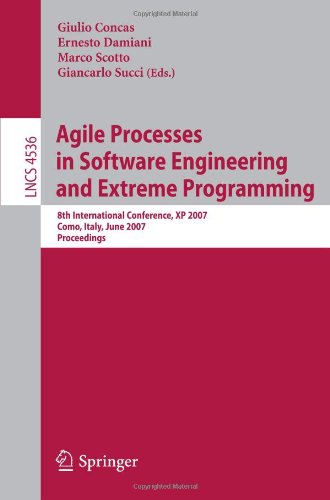
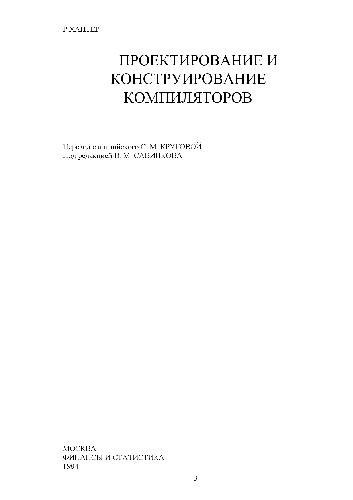

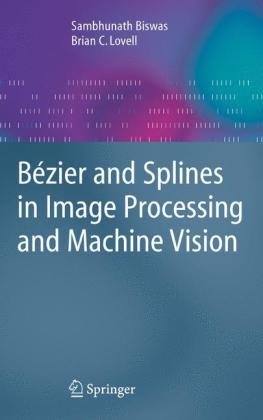

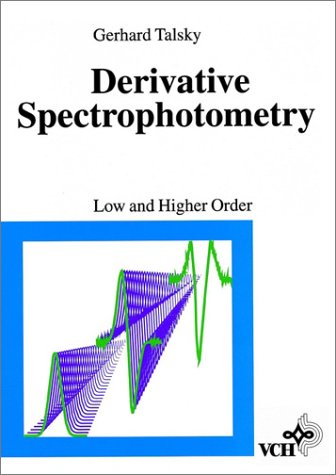
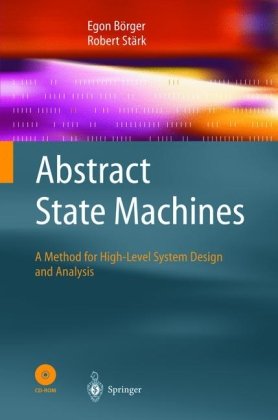
Reviews
There are no reviews yet.